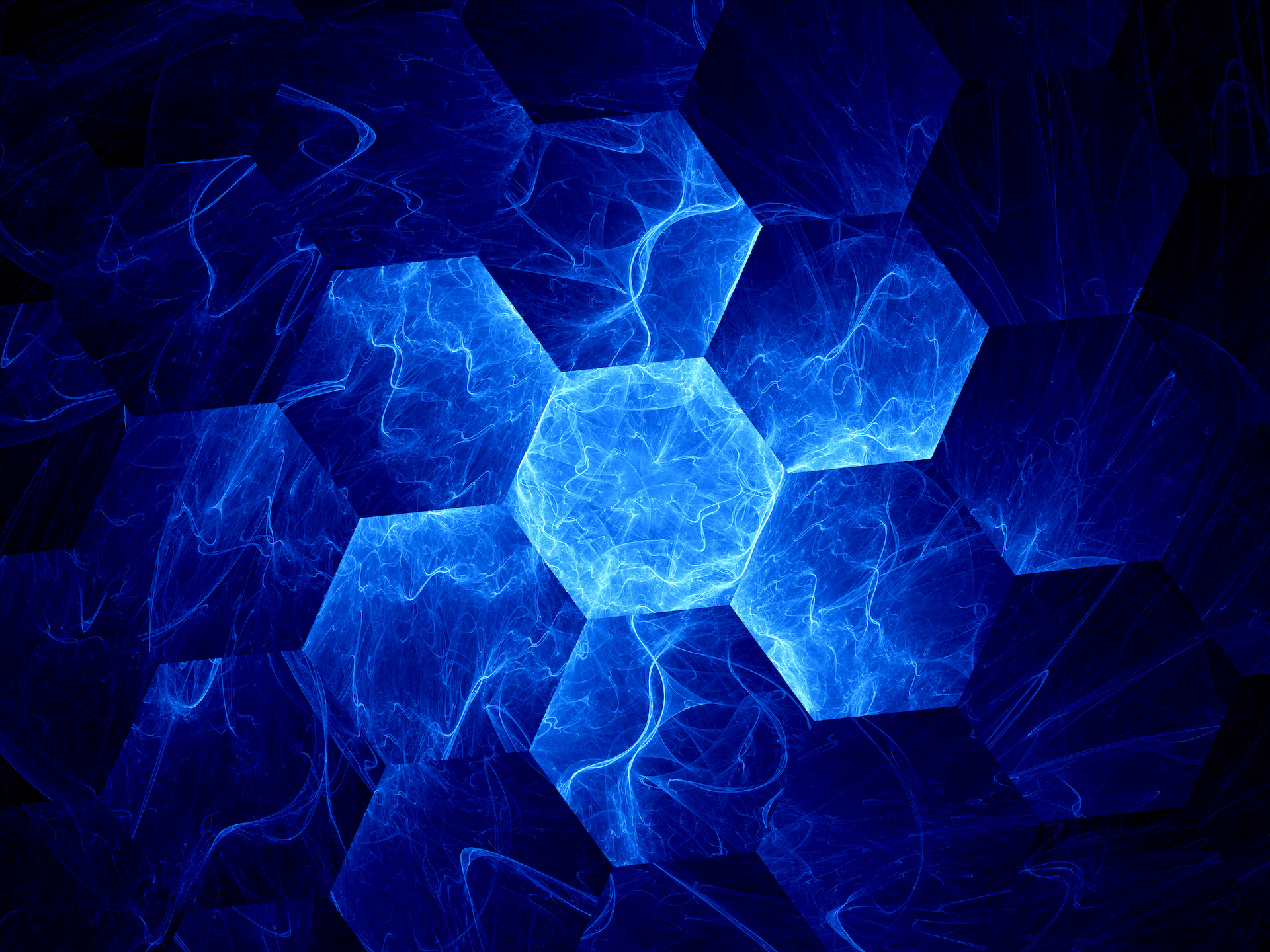A meticulously crafted nanofilm, composed of alternating layers of graphene and doped silicon, meticulously deposited layer upon layer on a metallic foil, paves the way for a novel form of alternative energy.
This electricity generation process abides by the laws of physics and is designated as Neutrinovoltaic. This moniker stems from the fact that not only the ambient radiation fields of the invisible spectrum and the environmental temperature around the electrogenerating plates play a role, but also the impact of neutrinos on graphene atomic nuclei. This impact translates into the transfer of partial or entire kinetic energy from neutral neutrino particles to graphene atomic nuclei.
Neutrinos, mysterious subatomic particles, have been a subject of extensive study across the globe, not merely for their scientific intrigue but also for their practical implications. The scientists at the Neutrino Energy Group have possibly assigned neutrinos a practical role in electricity generation for the first time: amplifying the harmonic oscillations of graphene atoms. This results in the manifestation of ‘graphene waves’, visible under high-resolution microscopy. The Neutrinovoltaic technology was thus named to honor this groundbreaking discovery.
The interaction mechanism of neutrinos with matter has been elucidated and presented in the publications of the COHERENT Collaboration at Oak Ridge National Laboratory, USA. Low-energy neutrinos have been demonstrated to engage in weak interactions with argon nuclei, a process termed as coherent elastic neutrino-nuclear scattering (CEvNS). Just as a tennis ball imparts a minute amount of energy to a bowling ball upon impact, the neutrino “strikes” the large, heavy nucleus of the atom, transferring a tiny fraction of its energy. This interaction is mirrored in the case of graphene. Considering that graphene (carbon) is significantly lighter than argon, the impact of neutrinos hitting the nuclei of graphene atoms is anticipated to be more profound. Moreover, the higher the kinetic energy of the neutrinos, the more pronounced will be their interaction with graphene nuclei, thereby leading to stronger atomic vibrations.
The electric current production mechanism is underpinned by the influence of ambient fields of non-visible spectrum radiation and temperature on the oscillations of graphene atoms. Graphene, chosen for its hexagonal crystal lattice, is a one-atom-thick sheet of carbon atoms, a 2D material. The intense vibrations of graphene atoms due to this unique crystal lattice structure give rise to ‘graphene waves’ or ‘ripples’, wherein neighboring regions alternate between concave and convex curvature. The stronger the influence of the ambient radiation fields of the invisible spectrum and temperature, the more intense the oscillation of graphene atoms, and consequently, the frequency and amplitude of the ‘graphene waves’.
Theoretical investigations suggest that this process originates from the electron-phonon coupling, which dampens the rigidity of long-wavelength bending and enhances out-of-plane fluctuations. Graphene is known for its extraordinarily high electric current density (a million times that of copper) and record charge carrier mobility. Each carbon atom in the atomic structure of graphene is connected to three additional carbon atoms in a plane with two dimensions, leaving one electron free for electrical conduction in the third dimension.
Unlike conventional electric generators and Bedini circuit type fuel-free generators, where the electromotive force (EMF) arises due to the interaction of magnetic and electric fields, the Neutrinovoltaic technology employs a unique physical principle for EMF generation. Here, the pulsating interaction mechanism isn’t instigated by the rotation of a rotor with a magnetic coil, but rather due to the microvibrations of the graphene in the nanomaterial. Each layer of graphene, numbering anywhere from 12 to a maximum of 20 layers in the nanomaterial, produces its own electromotive force (EMF). This collective EMF propels electrons to flow in a unified direction, thus generating an electric current.
The unidirectional electron movement is accomplished by coating each layer with an alloying element. This creates a p-n junction that permits electric current to flow in only one direction, thereby facilitating a thin-film diode effect. This multilayer nanomaterial offers a solution to the quest for maximum electrical power output from a unit surface, as a single layer of graphene cannot meet the power requirements of industrial applications. Currently, a 200x300mm wafer can generate 1.5V voltage and 2A current. A 7kW graphene power generating unit comprising these wafers measures 800x400x600mm in size.
The Neutrinovoltaic fuel-free generators flaunt features like compactness, lack of rotating parts, zero operating costs, and stable power generation round the clock irrespective of weather conditions or time of day. These advantages present a compelling case for their competitive edge. The first commercial production of Neutrino Power Cubes fuel-free generators is slated to kick off in a Swiss factory, which is nearing the completion of its technical refurbishment.
An investor consortium has greenlit the construction of a giga-factory in Korea for manufacturing Neutrino Power Cubes. Production is scheduled to commence at the end of 2024, with an ambitious target of achieving an annual production capacity of 30 GW of generators by 2029. Moreover, the technology is versatile enough to address other critical electricity supply challenges. In India, the Neutrino Energy Group, in collaboration with Indian partners, is erecting a design and technology center that will test an electric vehicle with an electric generating body crafted from metamaterials. The expectation is to have the electric vehicle built within three years. The center’s objective is to translate scientific advancements into industrial development.
Like any energy technology, Neutrinovoltaic technology can only carve a niche for itself in practical applications if it is economically viable for consumers and reduces energy supply costs. The developers’ selection of affordable and readily available materials fuels their confidence in the high demand for this technology and paints an optimistic picture for the future.
This is a translation from Russian; the original article can be found here: Графен способен полностью компенсировать возрастающий спрос на электроэнергию


